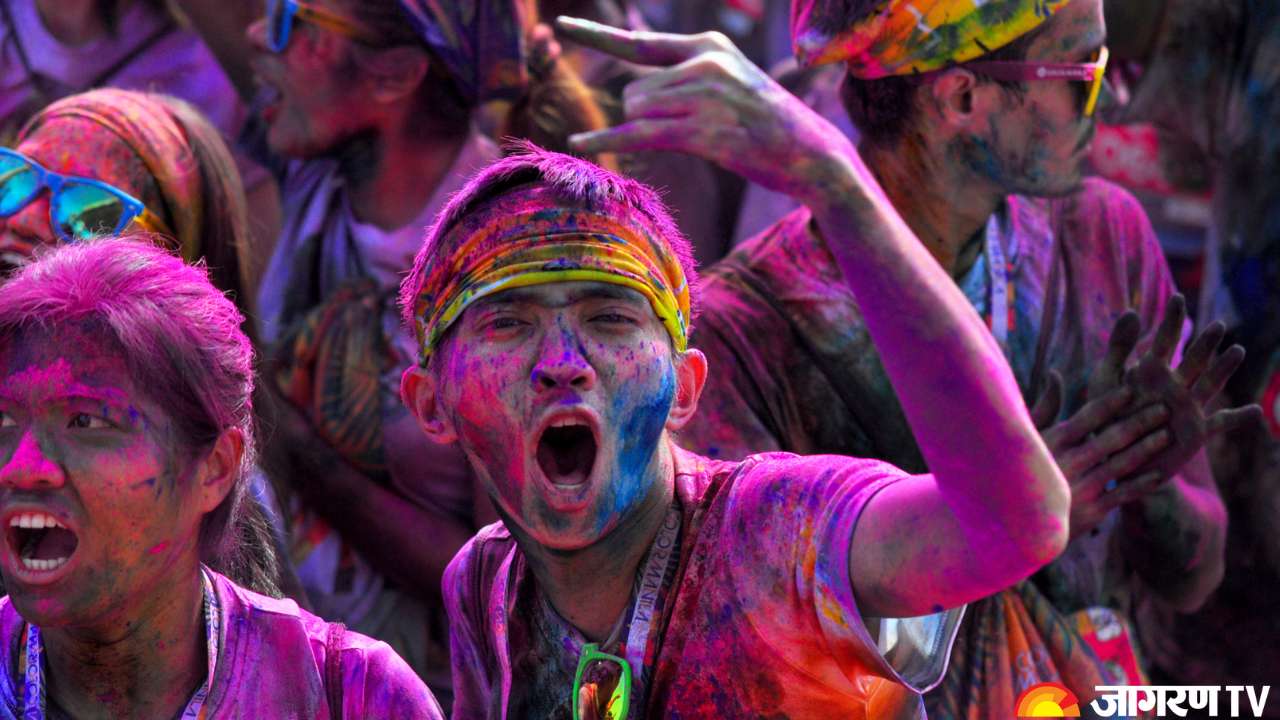Holi 2024: How Modern Age Holi Festivities Are Capturing The Essence of Colours and Culture

Evolution of Holi: Holi, the festival of colours celebrated with immense enthusiasm not only in India but across the globe, has shifted its cultural roots to modern urban beliefs. Holi has been here since ancient times, and different people share different thoughts and ideas about the festival. The modern-day Holi celebrations have shifted the focus from enjoying the purity of colours and togetherness to organising grand Holi parties and consuming sedatives in the name of “jashn.” However, with the evolution of generations and as the way of living enhances, so does society. Let’s explore the festival of colours through ages, cultural advancements, societal changes, ancient beliefs and more.
Holi Origins
Holi has its roots in ancient Hindu mythology, specifically the legend of Holika and Prahlad, as recounted in Hindu scriptures. Holi originated in ancient Hindu mythology and commemorated a variety of legends, including the triumph of good over evil represented by the burning of Holika, the sister of the demon king Hiranyakashipu. According to legend, there was a powerful king named Hiranyakashipu who insisted that everyone in his kingdom worship him as a god. His own son, Prahlad, was a devout follower of Lord Vishnu. Hiranyakashipu, enraged by Prahlad's defiance, planned to kill his son. He sought the assistance of his sister, Holika, who was immune to fire.
Holika sat on a pyre, holding Prahlad in her lap, intending to burn him. However, due to Prahlad’s devotion and Vishnu’s protection, Holika perished in the fire while Prahlad survived unharmed. Holi celebrates the triumph of good over evil by burning Holika’s effigy, which represents the triumph of purity over evil.
Ancient Holi Rituals
The festival lasts roughly 16 days in Mathura and Vrindavan, where Lord Krishna grew up. In ancient times, the festival celebrated good harvests and marked the arrival of spring. It swiftly turned into a festival of celebrating spring's abundant colours and bidding farewell to winter. In the rest of the country, the festival was originally celebrated for 5 days, with ‘Holika’ marking the start and ‘Rangpanchami’ marking the end. Ayurvedic doctors used to make Holi colours from Kumkum, Neem, Turmeric, Bilva, and other medicinal herbs.
Modern-Age Holi Celebrations
Globalization, urbanization, and commercialization have all had a significant impact on Holi in the modern era. Synthetic colours have replaced natural dyes and simple water sprinkling, raising concerns about environmental degradation and health risks. Furthermore, the festival’s cultural significance has frequently been overshadowed by commercial interests, with advertisements promoting lavish celebrations and parties.
People of all faiths and backgrounds participate in the celebration of Holi, making it a more inclusive event that crosses beyond cultural and religious barriers. Holi has become a more global celebration in cities, where young people are increasingly drawn to events like concerts and Holi-themed parties. Apart from natural colours being replaced with synthetic ones, fast music, fast food, ‘bhaang’, and the influence of foreign cultures have all replaced the essence Holi as a result of the commercial availability of eye-catching colour pigments.









